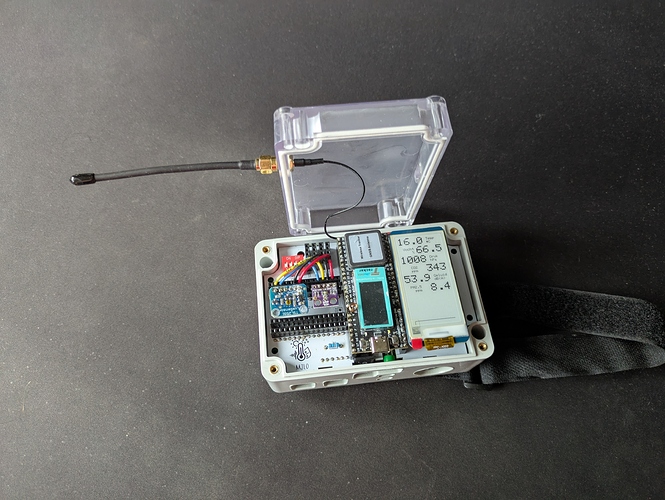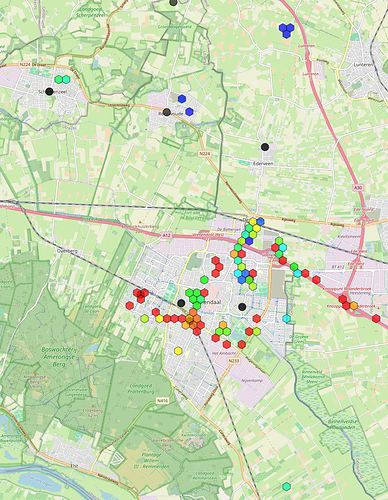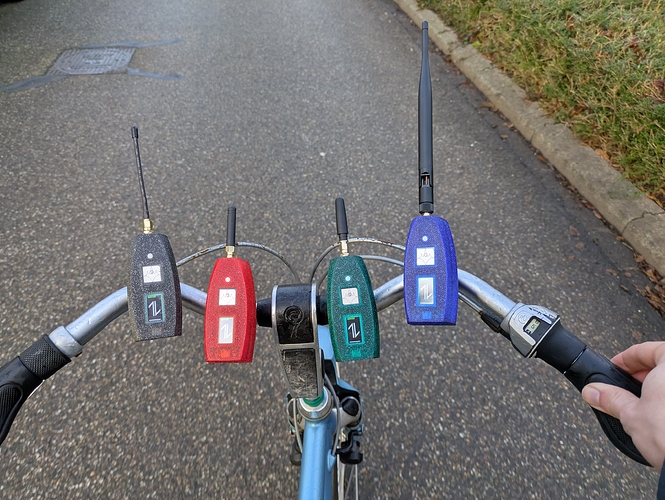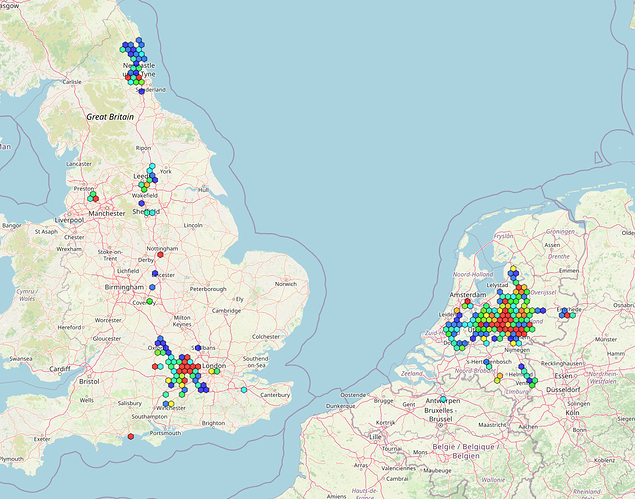We released WiFi LoRa 32 as early as 2017. Over the past eight years, many customers have deeply loved it. It has been made into various products and is widely used in multiple scenarios. Based on the user feedback collected over the years, we plan to launch WiFi LoRa 32 V4 and Wireless Tracker V2!
We would like to hear your opinions on this upgrade. Welcome to discuss actively!
- Will add an external PSRAM.
2. Use an FPC antenna instead of the pogo antenna.
The FPC antenna is glued to the plastic bracket of the PCB, which helps make the overall look simpler and can also provide better RF performance than the current spring antenna.
3. LoRa output power reaches 30 dBm.
4. The 0.96-inch OLED driven by the SSD1315.
The 1315 version has a smaller outer size but the same display area. It can save a lot of space, so that the display screen can be placed inside the plastic clip to better protect it.
Unfortunately, the drivers of 1315 and 1306 are not fully compatible, which means that the firmware of
LoRa 32 V3 can light up the display screen of the V4 version, but it cannot display perfectly. The edge will appear jagged as shown in the figure belowAnd another solution, the display screen address of LoRa 32 V3 is 0x3C. We can set the IIC address of the display screen driven by 1315 to 0x3D in hardware as a distinction, and update the driver code to automatically identify the display screen version.
5. Leave the LoRa antenna options of IPEX or SMA, allowing users to choose freely?
The SMA interface increases the volume but has less attenuation on the RF signal.
6. Have a TF card slot?
How do you think about a TF card?
7. Keep the current LoRa 32 V3’s size and profile?
Keeping the original size will allow for compatibility with the shell that customers may make for the LoRa 32 V3, but our hardware engineers have assessed that this is almost impossible due to added some new features. Is it acceptable to increase the size appropriately but keep the pin order and position unchanged?
8. Added support for solar panel, and a shell that can hold batteries and solar panel.
9. Wireless Tracker will use the AG3352 chip, which is a single-mode GNSS chip that only supports L1 and supports GPS, GLONASS, Galileo, BeiDou
Do you have some other needs or ideas? We will select some of the guys who participated in the discussion on this topic and send new test samples.
Thanks in advance 

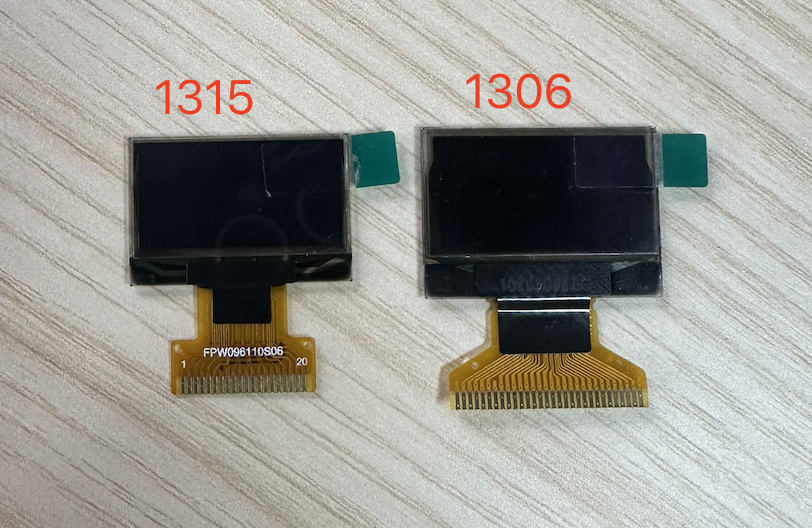
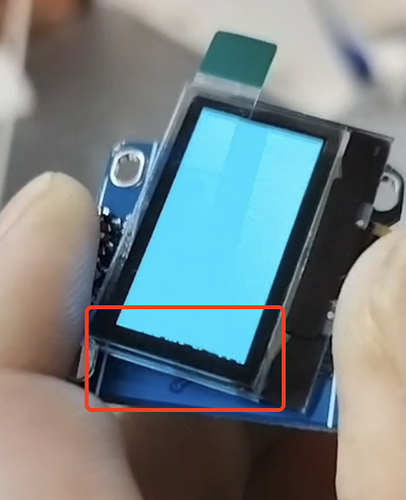


 especially with the I²C address change! Unless it makes the product costs €5 more…
especially with the I²C address change! Unless it makes the product costs €5 more…
